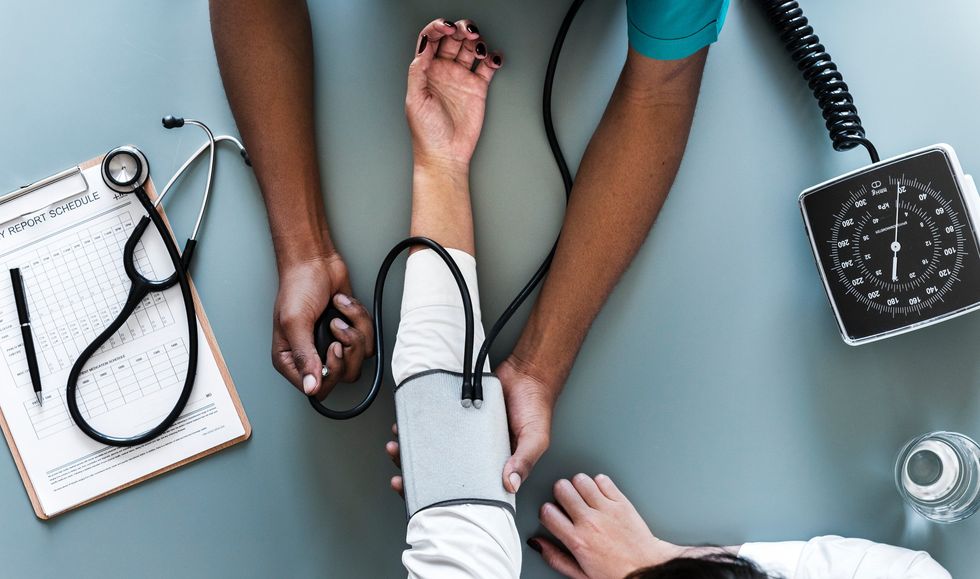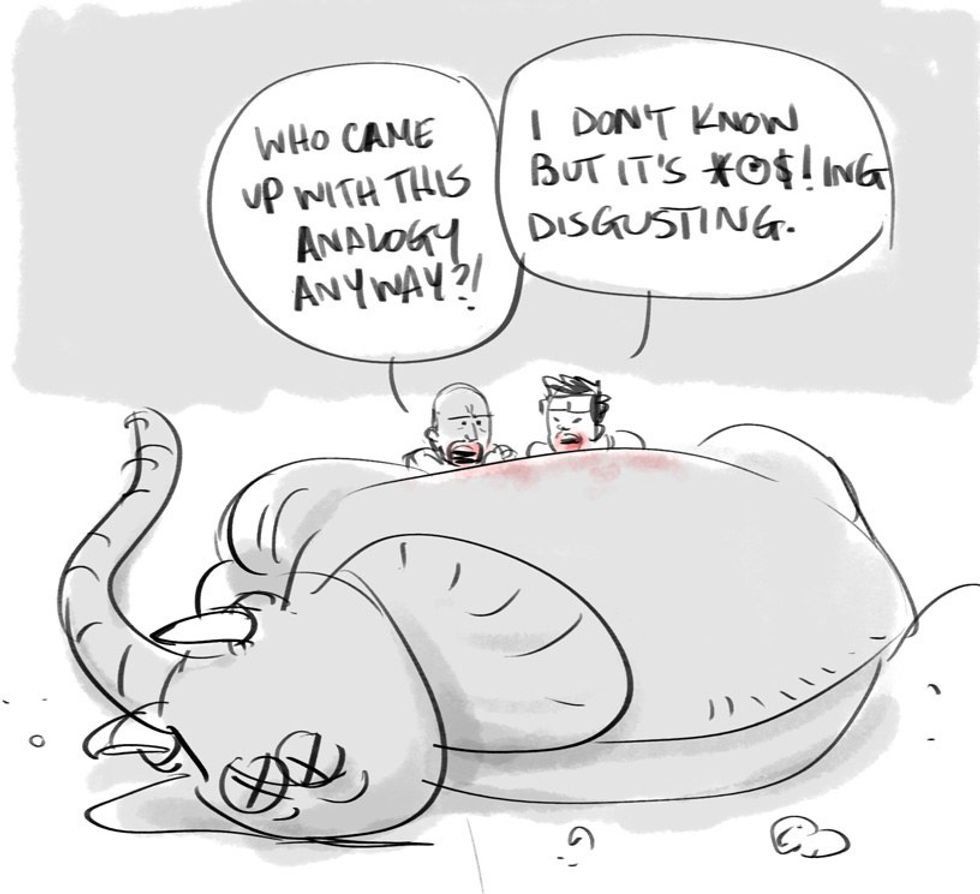This past Thursday, NYU School of Medicine shocked medical students across the country by announcing its decision to relieve all of its current and future students of their tuition by offering them all full-ride acceptance scholarships. The astonishing news broke during the NYU School of Medicine White Coat ceremony for the incoming class of 2022, prompting a wave of exhilaration throughout the assembled new admits and their families.
As a medical school hopeful, I was dumbfounded by the possibility that a full 4-year experience at a U.S. medical school—a fulfilling goal in and of itself that takes nearly 16 years worth of education to achieve—could possibly be paid off through the generosity of the institution one is studying from. At a time when student debt has wracked emerging college and professional graduates alike, NYU's decision to relieve their current and future medical students from the burden of their approximately $55,000 annual tuition rate is a godsend that could save thousands of future doctors from crippling financial obligations, and could furthermore prompt a rising spike of popularity in interest within the medical profession.
What kind of message does this convey to medical schools across the country? Or for that matter, the Association of American Medical Colleges? Is it feasible for them to impose a reduction upon their various financial rates of instruction, those looming behemoths that inspire fear in medical school hopefuls who are doubtful of their ability to afford the expenses of doctoral training? Or is it simply too far-fetched for students like us to believe that there is a simple fix to the daunting quagmire of how to effectively afford a medical education without going financially bankrupt?
There is obviously no denying the fact that graduate and professional education, alongside undergraduate education, are grossly expensive in the United States, and this high cost of academia has raised serious questions about the viability of expanding one's educational background in order to improve their status as viable candidates for higher paying professions.
For the moment, we must contend with the concept that such an enigma must be resolved by empowering the middle and lower classes in order to help them pay for higher education, allowing them to improve their socioeconomic standing, such as through attending medical school and becoming a doctor amongst other highly sought-after professions.
NYU School of Medicine's insightful amnesty towards their students is admirable, as they have chosen to invest in the future of their medical students and soon-to-be graduates, which will undoubtedly help to improve the standings of those who will eventually follow in their footsteps and pave the way for a more robust generation of doctors, free from the financial burdens that constrain their kin across the United States.
Photo by rawpixel on Unsplash




 Photo by
Photo by  Photo by
Photo by 
 Photo by
Photo by 





















